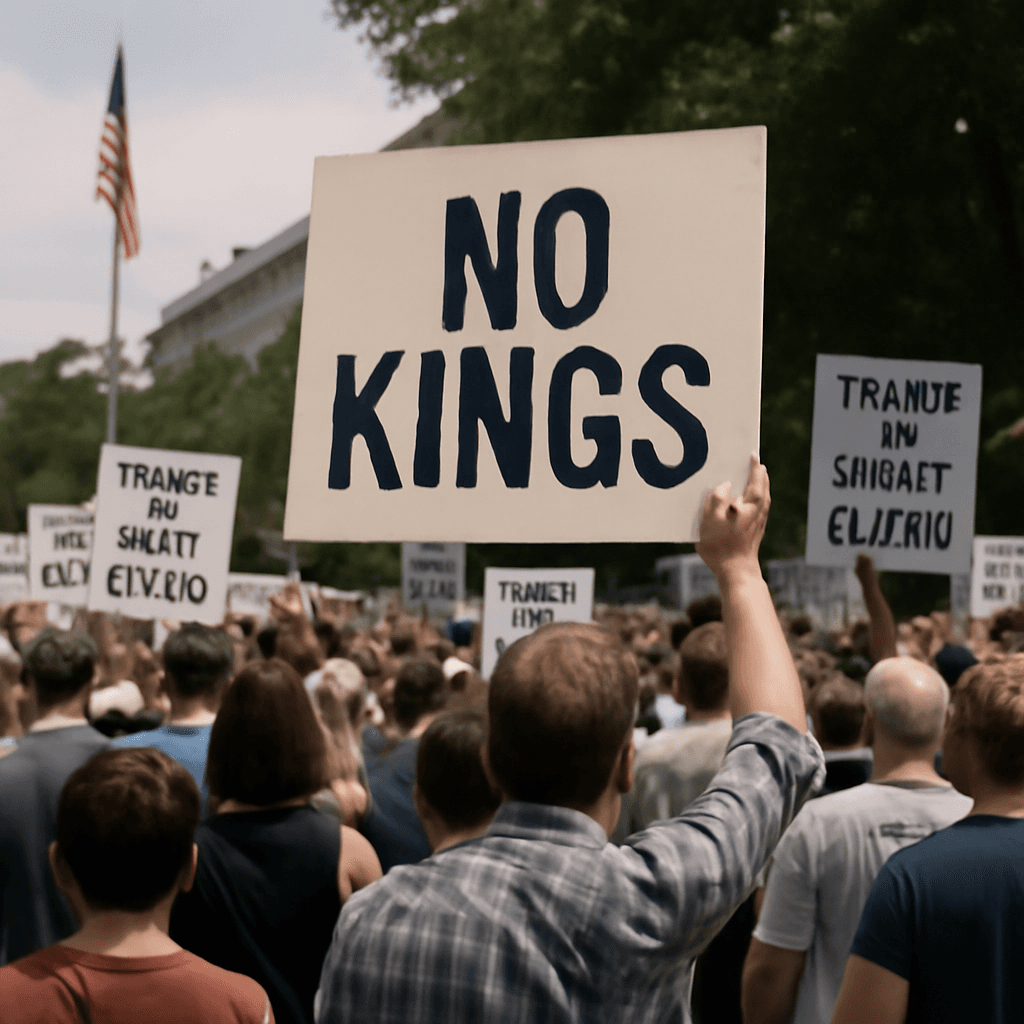Understanding America’s Quality of Life Crisis in 2025
As the U.S. economy grapples with a stubborn labor shortage despite slowing hiring and increased automation, companies face fierce competition to attract skilled workers. Attractiveness of location has never been more crucial — it's no longer solely about wages but about where employees want to live and thrive.
Quality of life emerges as a pivotal factor in this contest. CNBC’s 2025 America’s Top States for Business rankings, which assess states across ten competitiveness categories, highlight this element explicitly. Making up over 10% of the overall score, Quality of Life encompasses crime rates, healthcare access, child care availability, air quality, inclusiveness, and even reproductive rights.
This report shines a spotlight on the states that rank lowest for quality of life in 2025 — places where economic potential is stifled by systemic challenges that directly impact residents’ well-being and communities’ growth.
The States Struggling Most with Quality of Life
Oklahoma: Rising Domestic Violence Amid Crime Concerns
Oklahoma, while reflecting nationwide trends of a gradual decrease in violent crime, maintains one of the highest rates — about 418 offenses per 100,000 people, putting it 14th worst nationally for violent crime in 2023. Particularly alarming is the sharp surge in domestic violence homicides, called an "epidemic" by State Attorney General Gentner Drummond.
Legal protections around discrimination remain limited, with some of the strictest abortion laws in the country also impacting its inclusiveness rating. This combination hinders Oklahoma’s appeal to younger and more diverse workforces increasingly prioritizing inclusive and rights-based environments.
- Score: 97 out of 265 (Grade: D-)
- Strengths: Child care availability, air quality
- Challenges: Crime, healthcare access, reproductive rights
Arkansas: Confronting Health and Food Security Crises
Arkansas faces profound social challenges, including the sixth highest adult mental distress rate and the nation’s highest food insecurity — nearly 19% of households lack consistent access to food. Governor Sarah Huckabee Sanders has launched initiatives to tackle hunger and improve school meal programs, reflecting urgent community needs.
Coupled with the nation’s fourth-highest violent crime rate and restrictive voting laws, Arkansas represents a complex social environment undermining quality of life for many.
- Score: 95 out of 265 (Grade: D-)
- Strengths: Child care, air quality
- Challenges: Health outcomes, crime, inclusiveness
Alabama: Hospitality Undermined by Limited Rights Protections
The "Heart of Dixie" bears one of the lowest scores nationally owing to its lack of public accommodation protections and recent laws strictly defining gender at birth, widely criticized for enabling discrimination against transgender individuals. Ranked 49th nationally for worker protections by Oxfam America, Alabama’s workplace climate further dims its attractiveness.
- Score: 92 out of 265 (Grade: F)
- Strengths: Air quality, child care
- Challenges: Inclusiveness, worker protections
Georgia: Health Care Gaps Amid Rising Homicides
Georgia suffers from a homicide rate among the highest in the nation, combined with a healthcare system strained by poor insurance coverage and scarce mental health and primary care providers. The United Health Foundation places it 45th in health system performance. Its limited worker protections and anti-discrimination measures further suppress quality of life.
- Score: 89 out of 265 (Grade: F)
- Strengths: Child care
- Challenges: Health care access, worker protections, inclusiveness
Louisiana: Crime and Restrictive Laws Impacting Livability
With the fifth highest violent crime rate at approx. 521 offenses per 100,000, Louisiana remains a challenging place for safety. Tragedies like the Bourbon Street attack underline the risks faced. Legal restrictions, particularly on abortion and voting rights, add to the state’s poor inclusiveness score.
- Score: 87 out of 265 (Grade: F)
- Strengths: Child care, air quality
- Challenges: Crime, inclusiveness, reproductive rights
Utah: Economic Growth Clouded by Child Care and Worker Issues
Known for its hardworking image, Utah’s workforce paradoxically receives limited protections. The minimum wage remains stagnant at the federal level, and the state prohibits local wage increases. Child care availability ranks 48th nationally, with costs consuming significant household income, posing challenges for large families prevalent in the state.
- Score: 87 out of 265 (Grade: F)
- Strength: Lower crime rate
- Challenges: Child care, worker protections, air quality
Indiana: Child Care Costs and Environmental Concerns
In Indiana, affordable child care remains out of reach for many, with costs hitting 46% of income for single parents. This creates barriers for workforce participation and destabilizes household finances. Environmental issues like poor air quality further degrade residents' quality of life. Reproductive rights and inclusiveness also remain limited.
- Score: 73 out of 265 (Grade: F)
- Strength: Relatively low crime rate
- Challenges: Child care affordability, reproductive rights, inclusiveness, air quality
Texas: Economic Magnet with Stark Health Disparities
Texas draws skilled workers with its economic might but struggles with access to healthcare. It ranks lowest nationally in primary care doctors per capita and is near the bottom for mental health providers. The state's strict abortion restrictions and persistent crime also weigh heavily on residents’ quality of life.
- Score: 72 out of 265 (Grade: F)
- Strengths: Child care, air quality
- Challenges: Healthcare access, reproductive rights, worker protections, crime
Tennessee: Bottom of the Barrel for Quality of Life
Tennessee ranks as the worst state for quality of life in 2025, with a violent crime rate that is third highest nationally. Governor Bill Lee’s $175 million crime-fighting grants signal urgency but also underline systemic problems. Tennessee’s history of restrictive LGBTQ+ legislation and limited worker protections compound challenges. It remains an area requiring substantial policy shifts for improvement.
- Score: 61 out of 265 (Grade: F)
- Strength: Air quality
- Challenges: Crime, inclusiveness, worker protections
Expert Insights: Why Quality of Life Should Be a Policy Priority
For policymakers, the stakes are high. With labor shortages tightening and companies increasingly considering quality of life in location decisions, states that fail to provide safe, healthy, inclusive, and affordable living environments risk economic stagnation. Economic development is not just about business incentives or tax rates — it hinges on social infrastructure and civil rights.
Experts emphasize that addressing crime, expansive healthcare access, affordability of child care, and inclusive legal protections are foundational. Younger generations, in particular, are vocal about reproductive rights and LGBTQ+ inclusiveness when choosing where to settle, influencing demographic shifts.
Summary
The 2025 quality of life rankings spotlight an urgent national conversation about where Americans work, raise families, and thrive. States at the bottom face overlapping social, legal, and economic challenges that deter talent and entrench disparities. With strategic investment in social services and rights protections, these states can pave a path toward healthier, safer, and more equitable communities.
Editor’s Note:
While economic competitiveness remains a cornerstone of state policy, the intertwining of quality of life with business success has never been clearer. This report invites readers, policymakers, and business leaders to think beyond GDP and jobs—toward holistic human well-being. Future research might delve into how local initiatives could reverse these negative trends, and how federal policies can support states in this crucial transformation.



















